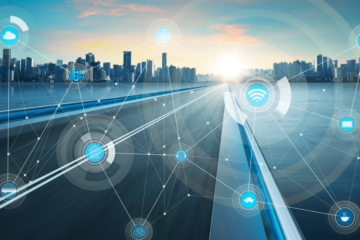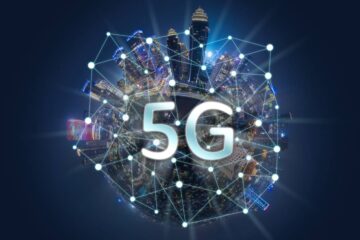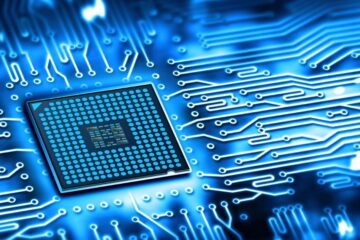
The migration of people to cities, keeps increasing every year because of different situations, like looking for new job opportunities, searching for better living conditions, and more. Since people are settling in these cities with the intention of staying in them for a long term, smart cities and IoT are the answer to cities that need to become more efficient, in order to keep up with the surging population.
What is a smart city?
Smart cities are no more just a thing of the future. With the support of Internet of Things (IoT) devices such as connected sensors, lights, and meters to collect and analyze data, cities use this data to improve infrastructure, public utilities, services, and more, in order to create a better quality of living to citizens. Also, with 5G giving the first steps, this reality of smart cities and IoT will become more usual at the major urban areas that are now racing to be the first to introduce their own smart city.
“Urbanization is a non-ending phenomenon. Today, 54% of people worldwide live in cities, a proportion that’s expected to reach 66% by 2050.” Source: Thales Group
What is IoT?
IoT means “Internet of Things” and consists of a network of connected devices, able to communicate with each other, and that can also be controlled and monitored remotely. “By 2021, there will be an estimated 30 billion connected IoT devices worldwide, many of which will be industrial connections, an essential component of smart cities.” Source: Nertfrotis
But what all smart cities need to function properly?
According to Forbes, “Smart city infrastructure has to be intelligent and utilize cognitive technologies, including AI and machine learning, to study the continuous interactions of a city’s citizens and their surroundings.” Also, they need three elements:
– Strong technology at the core, that include a critical mass of smartphones, sensors and open data portals.
– Applications to translate raw data into insights and actions.
– People to use it. New technologies on the market need to be thoughtfully designed to encourage mass adoption, and a layer of change management must be baked into these technologies









